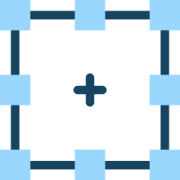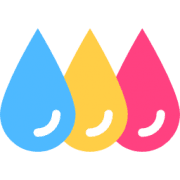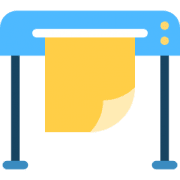Decoration
Logo, Graphic and Artwork Processing
To ensure your product is presented in the best possible manner, it is essential that the correct process is used in each instance. Our experienced team will guide you through the many options available and recommend the most appropriate selection of processes, design and colour selection.
As the suitability varies greatly between different products and surfaces, we recommend you contact us on 07-3823 5753 to discuss your ideas with one of the PromoShack team members who can offer some friendly advice and help you avoid costly errors or confusion.
A brief explanation of some of the processes available:


 A stitched design using threads.
A stitched design using threads. A printing technique using a woven mesh screen and an ink-blocking stencil.
A printing technique using a woven mesh screen and an ink-blocking stencil. Heat is used to transfer dye to fabric and promotional products.
Heat is used to transfer dye to fabric and promotional products. Sophisticated print equipment digitally reproduces your design as a transfer to be applied to objects.
Sophisticated print equipment digitally reproduces your design as a transfer to be applied to objects. Transfers a 2-D image onto a 3-D object.
Transfers a 2-D image onto a 3-D object. The design is recreated as a decal then applied to hard surfaces.
The design is recreated as a decal then applied to hard surfaces. Lasers, using intensely focused monochromatic light, cause a change to the actual surface of the object, either by etching into or permanently altering the appearance of the surface.
Lasers, using intensely focused monochromatic light, cause a change to the actual surface of the object, either by etching into or permanently altering the appearance of the surface.